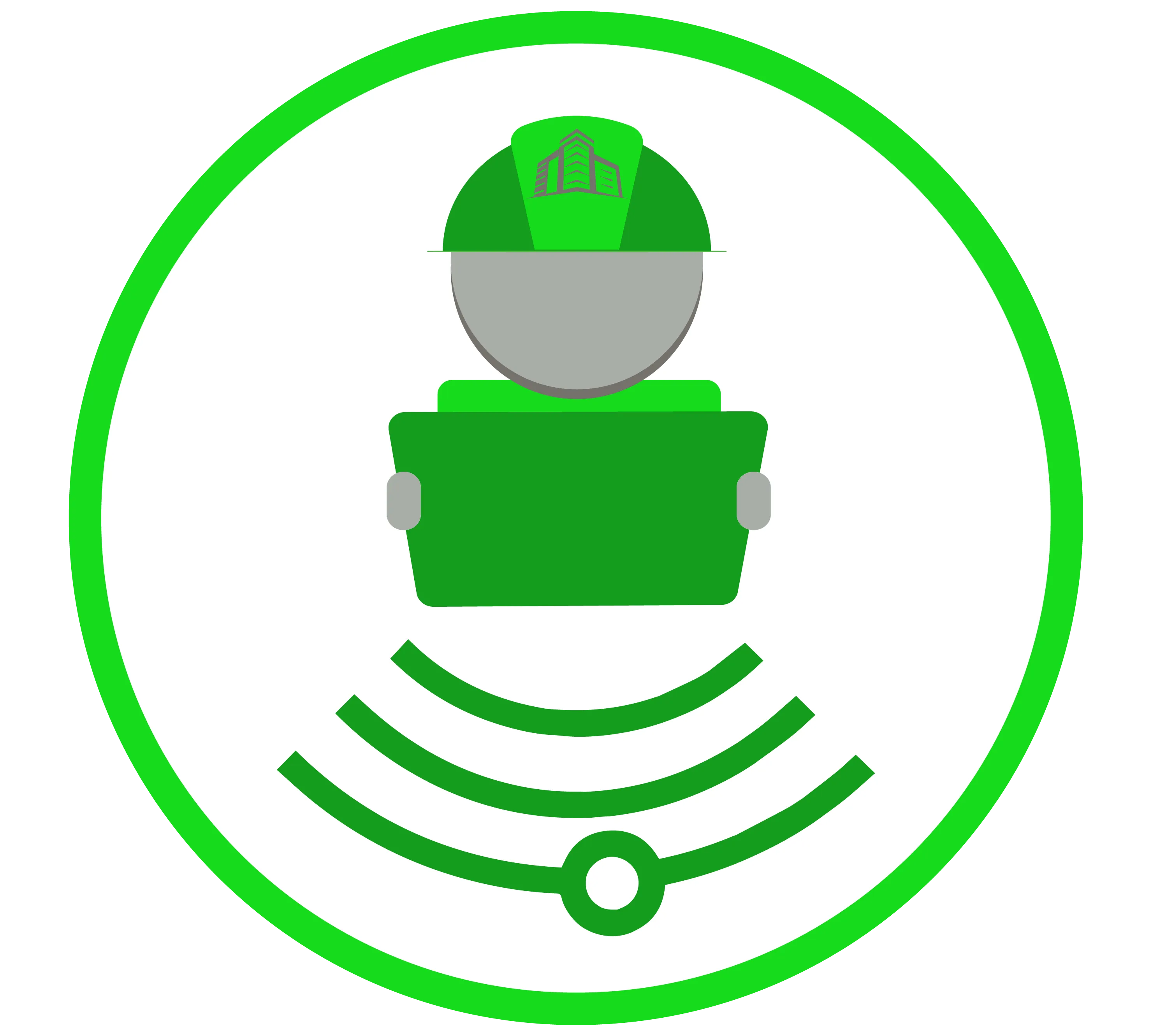
What's the Problem?
Locate Underground Utilities, Foreign Objects, Anomalies.
Remote Excavation, Trenching, and Boring.
Routine Sewer and Storm Pipe Inspection.
Flush Out Sewer Clog, Buildup.
Repair Pipe Infractions, Cracks, Corrosion.

Scan Concrete for Conduits, Rebar, Post Tension Cables, Voids.

Quality Level A Data, Test Holes.
Get a Drawing with Updated Utility Info (Level A, B).
Find Water, Gas Leak or Fault in Cable.
Find Inflow or Infiltration in Manhole, Pipe.
Get to know us
Trinity Subsurface Blog
Understand what's underneath.
Our Leadership Team
Get in touch for the help you need!
About Us
How we became the experts in subsurface solutions.
Join Our Team!
Submit your application.
Request Proposal
We are your problem solvers.








